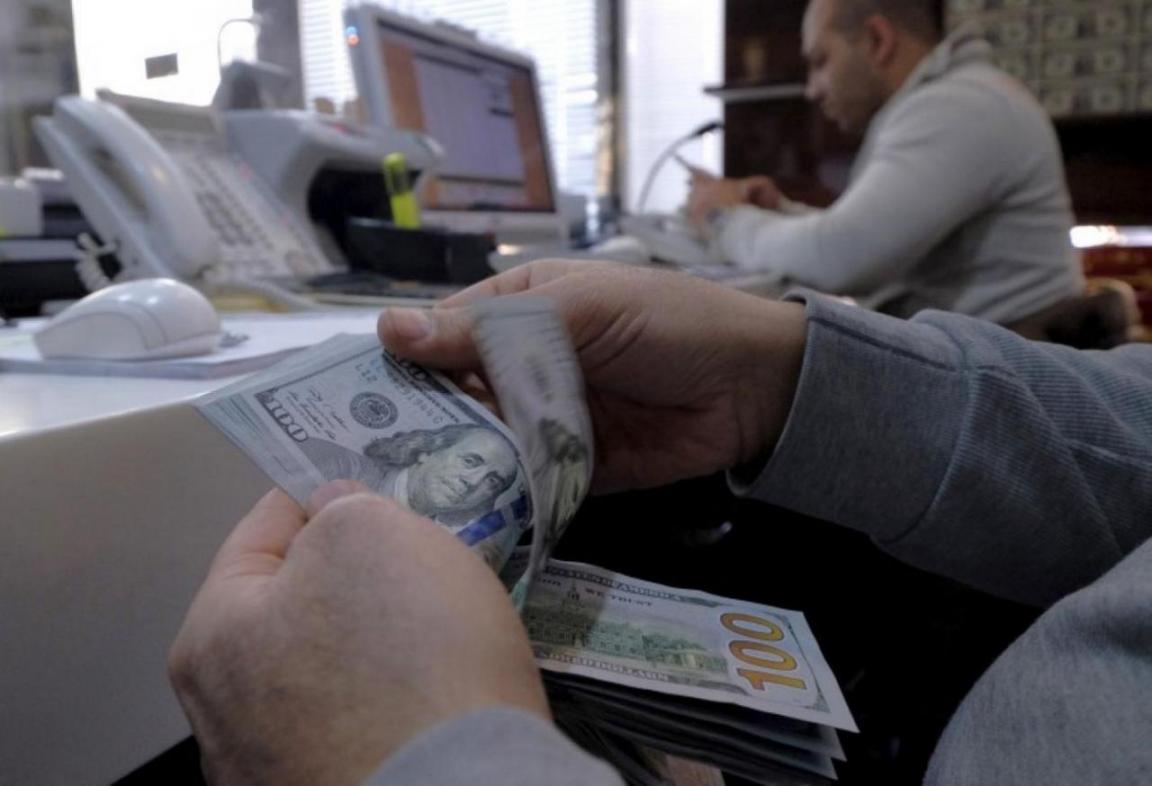The US dollar started the Persian New Year on weak ground, defying expectations that the currency would surge in the early days of the fiscal year (started March 20). It entered the week after the extended Norouz holiday in neutral territory at 35,000 rials, lost momentum on Sunday and was sold for 34, 650 rials. The dovish trend was contrary to what most market analysts had anticipated for the year which is expected to see more demand for foreign currency as Iran expands commerce with the outside world in the aftermath of the easing of sanctions.
In January Iran and six powers (US, Britain, France, Russia, China and Germany) started implementing an agreement reached in July in which Tehran agreed to scale down its nuclear activities in return for lifting of the international sanctions.
Sanctions relief has made possible the release of an estimated $130 billion in frozen Iranian assets and paved the way for Tehran to regain access to the Swift network (Society for Worldwide Interbank Financial Telecommunications)—allowing it to transfer funds across the global electronic banking system.
In late local trade on Monday, the greenback bought 34, 700 rials across Tehran currency exchange shops, slightly up from yesterday's close but still below the psychological 35,000 rials. The euro also changed hands at 39,500, up 50 rials from Sunday's close.
Market analysts agree that an "increase in supply" of foreign currency --especially the US dollar -- has been instrumental to its losing momentum in recent days.
"Before Norouz there was high demand for foreign exchange (normally due to the annual holiday season when many Iranian families travel abroad) but not enough supply. However, foreign exchange was injected into the market at the weekend and that softened the rates," said Peyman Arghavani, a bureau de change operator in central Tehran.
Arghavani revealed that Bank Parsian was selling hard currency at discounted rates to bureaux de change up to $50,000. "Bank Melli Iran's UAE branch also provides businesses with the dirham at 10 rials lower than the market rate. The Emeriti currency is important because the Persian Gulf Arab state is a trade hub for Iranian export and import.
While Arghavani expects the rate of most foreign currencies to fall in the coming days, sources close to a major bank's bureau de change department gave a different version to the Financial Tribune. They claimed that the rates are expected to climb because demand for foreign exchange is likely to rise in the coming weeks.
Banks' bureau de change operations had come under increasing attack in the past for allegedly manipulating the currency market under the tutelage of the Central Bank of Iran.
The greenback slipped against major global currencies this week as expectations for another rate hike by the Federal Reserve were not made with Janet Yellen, the Fed's head announcing that a slow US economic growth made multiple rate hikes unlikely in 2016. (The Atlanta Fed’s GDPNow model is predicting annualized first-quarter growth of just 0.6%).
Gold
In keeping with the US dollar, gold also registered a decline in the domestic market. Azadi bullion which had started to decline from Sunday, was sold for 10.15 million rials on Monday, 0.39% down from yesterday's close. Gold's bear market came despite the rising purchases due to optimism in the global gold markets.
After posting a strong finish in the first quarter in global markets, the yellow metal started the week on a modest note, with latest retail prices in Dubai showing a 3.58 % drop from last month’s highs. Market observers have been quoted as saying that the precious metal’s rally is already over, especially because of “speculative positioning.”



